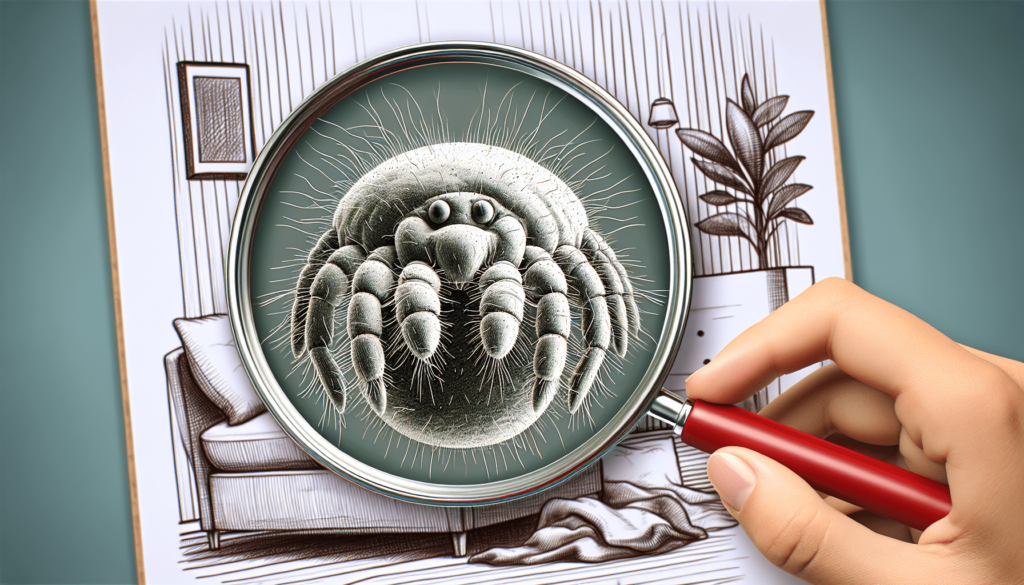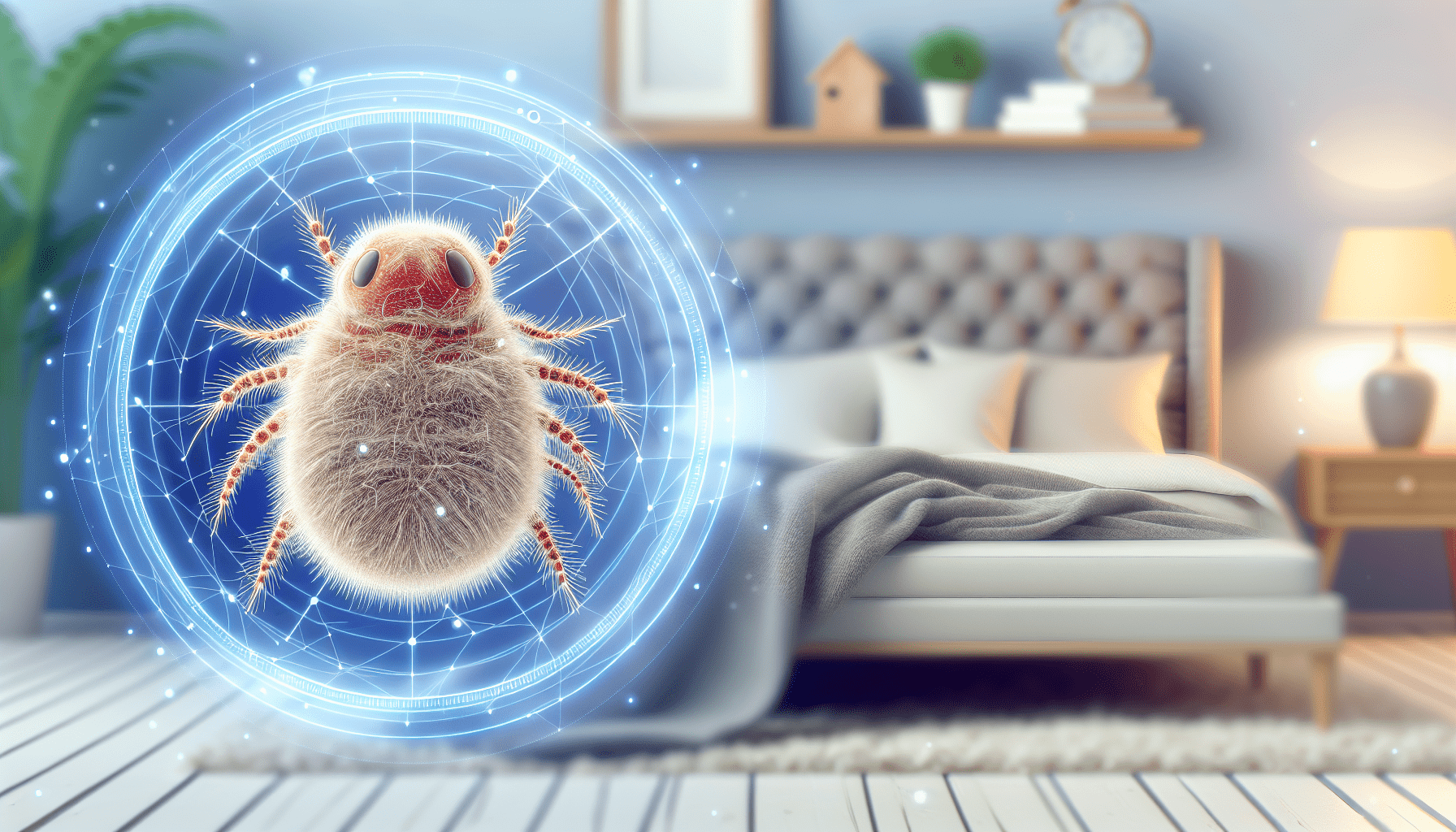Welcome to your essential guide for navigating the world of household allergens. In “Beginner’s Guide to Identifying Common Household Allergens,” you’ll discover useful tips and practical information to help you pinpoint the sneaky culprits causing sneezes, sniffles, and other allergenic reactions in your home. With friendly advice tailored for newcomers, you’ll feel empowered to create a cleaner, healthier living environment for you and your loved ones. This guide will walk you through recognizing common triggers such as dust mites, pet dander, mold, and pollen, offering solutions to keep those pesky allergens at bay. Have you ever wondered why you find yourself sneezing, coughing, or feeling congested when you’re in your own home? It could be because of common household allergens that you’re unknowingly exposed to. In this guide, we’ll take a friendly and detailed look at these everyday culprits and provide you with the know-how to identify and manage them.
What Are Allergens?
Allergens are substances that can cause an allergic reaction. When your immune system comes into contact with an allergen, it mistakes it for a harmful invader and releases chemicals like histamines to combat it. This can lead to symptoms such as sneezing, itching, runny nose, and even more severe reactions. Identifying these allergens can significantly improve the quality of your life indoors.
Common Household Allergens
There are several types of allergens that are commonly found in homes. Here, we’ll explore some of the most prevalent ones:
- Dust Mites
- Pet Dander
- Mold
- Pollen
- Cockroaches
- Household Chemicals
Dust Mites
Dust mites are microscopic creatures that thrive in warm, humid environments. They feed on the dead skin cells that you and your pets shed. They are commonly found in bedding, upholstered furniture, and carpets.
Identifying Dust Mite Allergens:
- Sneezing and coughing
- Itchy, red, or watery eyes
- Nasal congestion
- Eczema flare-ups
Managing Dust Mites:
- Wash bedding in hot water weekly.
- Use dust mite-proof covers on mattresses and pillows.
- Vacuum regularly with a HEPA filter vacuum.
- Reduce humidity levels in your home.
Pet Dander
Pet dander consists of tiny, even microscopic, flecks of skin shed by cats, dogs, rodents, birds, and other animals with fur or feathers. These bits of skin can cause reactions in people who are specifically allergic to these proteins.
Identifying Pet Dander Allergens:
- Sneezing and runny nose
- Itchy, watery eyes
- Asthma symptoms
Managing Pet Dander:
- Keep pets out of certain areas, like bedrooms.
- Bathe pets regularly.
- Use air purifiers.
- Clean pet bedding and toys frequently.
Mold
Mold spores are a common allergen that can grow in damp areas of your house such as bathrooms, basements, and kitchens.
Identifying Mold Allergens:
- Coughing
- Wheezing
- Skin rashes
Managing Mold:
- Fix any leaks promptly.
- Use dehumidifiers.
- Clean moldy surfaces with appropriate cleaners.
- Ensure proper ventilation in damp areas.
Pollen
Pollen can find its way into your home from outside through windows, doors, and on clothing. Trees, grasses, and weeds are common sources.
Identifying Pollen Allergens:
- Sneezing
- Runny or stuffy nose
- Itchy eyes, nose, and throat
Managing Pollen:
- Keep windows and doors closed during peak pollen seasons.
- Use air purifiers.
- Shower and change clothes after spending time outdoors.
Cockroaches
Cockroach droppings and saliva contain proteins that can trigger asthma and allergies. They thrive in warm and moist environments.
Identifying Cockroach Allergens:
- Persistent coughing
- Nasal congestion
- Skin rashes
Managing Cockroaches:
- Keep your home clean and dry.
- Store food in sealed containers.
- Use cockroach baits and traps.
- Fix leaky faucets and pipes.
Household Chemicals
Cleaning products, detergents, and even some cosmetics can contain chemicals that trigger allergic reactions or worsen asthma.
Identifying Chemical Allergens:
- Skin rashes
- Sneezing
- Headaches
Managing Chemical Allergens:
- Use fragrance-free and hypoallergenic products.
- Ensure proper ventilation when using cleaning products.
- Store chemicals in a safe, ventilated area.

Steps to Identify Household Allergens
Identifying household allergens isn’t as complicated as it may seem. Here’s a step-by-step approach to help you get started:
- Monitor Symptoms: Keep track of when and where symptoms occur. Note any patterns.
- Conduct an Inventory: List down all potential allergen sources in each room.
- Use Allergy Testing Kits: Home testing kits can identify common allergens like mold and dust mites.
- Consult a Professional: If problems persist, consult an allergist who can perform skin or blood tests.
Products to Help Manage Allergens
There are a variety of products designed to help manage household allergens. Here’s a quick reference table that can help you choose the right tools for your needs:
| Product Type | Purpose | When to Use |
|---|---|---|
| HEPA Filter Vacuums | Capture small particles | Regular cleaning |
| Air Purifiers | Remove airborne allergens | Continuous use, especially in bedrooms |
| Dust Mite Covers | Prevent dust mite build-up | On mattresses and pillows |
| Dehumidifiers | Reduce humidity levels | In damp areas like basements |
| Allergen-Free Detergents | Reduce chemical exposure | For laundry and cleaning |

Creating an Allergen-Free Zone
If managing allergens throughout your entire home seems overwhelming, start by creating an allergen-free zone, usually in a bedroom. Here are some tips:
- Declutter: Remove unnecessary items that can accumulate dust and allergens.
- Use Allergen-Proof Bedding: Invest in mattress and pillow covers.
- Clean Regularly: Dust and vacuum frequently.
- Control Air Quality: Use air purifiers and keep windows closed during high pollen seasons.
- Limit Pets in the Area: If you have pets, keep them out of your allergen-free zone.
Indoor Plants and Allergies
Indoor plants can improve air quality, but some can also be allergenic. Here’s how to enjoy plants without the sneeze:
Allergy-Friendly Plants:
- Spider Plant: Known for its air-purifying quality.
- Peace Lily: Can help reduce mold spores.
- Bamboo Palm: Effective in removing formaldehyde.
Plants to Avoid:
- Ficus: Can produce airborne allergens.
- English Ivy: Though it reduces indoor molds, it can cause contact allergies.
Seasonal Tips for Managing Allergens
Allergen levels can vary with seasons, and your home environment needs to adapt. Here’s a quick guide to seasonal changes and tips to keep allergens at bay:
Spring:
- Pollen levels are high during this season. Keep windows closed and use air purifiers.
Summer:
- Humidity can increase mold and dust mite levels. Use dehumidifiers and maintain air conditioning systems.
Fall:
- Leaf piles and dampness can foster mold growth. Clean gutters regularly and manage indoor humidity.
Winter:
- Pet dander can increase due to more time spent indoors. Vacuum frequently and wash pet bedding.
Importance of Regular Cleaning
Regular cleaning is crucial to managing household allergens effectively. Here’s a quick checklist to help you keep your home allergen-free:
Daily:
- Tidy up clutter.
- Wipe down surfaces with a damp cloth.
Weekly:
- Wash bedding in hot water.
- Vacuum carpets and upholstered furniture.
Monthly:
- Clean kitchen and bathroom thoroughly.
- Wash curtains and wipe windowsills.
Annually:
- Deep clean carpets and furniture.
- Check and replace air filters in your HVAC system.
Conclusion
By now, you should have a good understanding of common household allergens and how to manage them effectively. Knowing what to look for and taking proactive steps can make a significant difference in minimizing allergic reactions and improving your overall indoor air quality. Remember, a cleaner home is a healthier home.
Feel free to revisit this guide as needed and share it with friends and family who might benefit from these tips. If you have any specific concerns, don’t hesitate to reach out to a healthcare professional for personalized advice. Happy cleaning and breathe easier in your allergen-free home!
